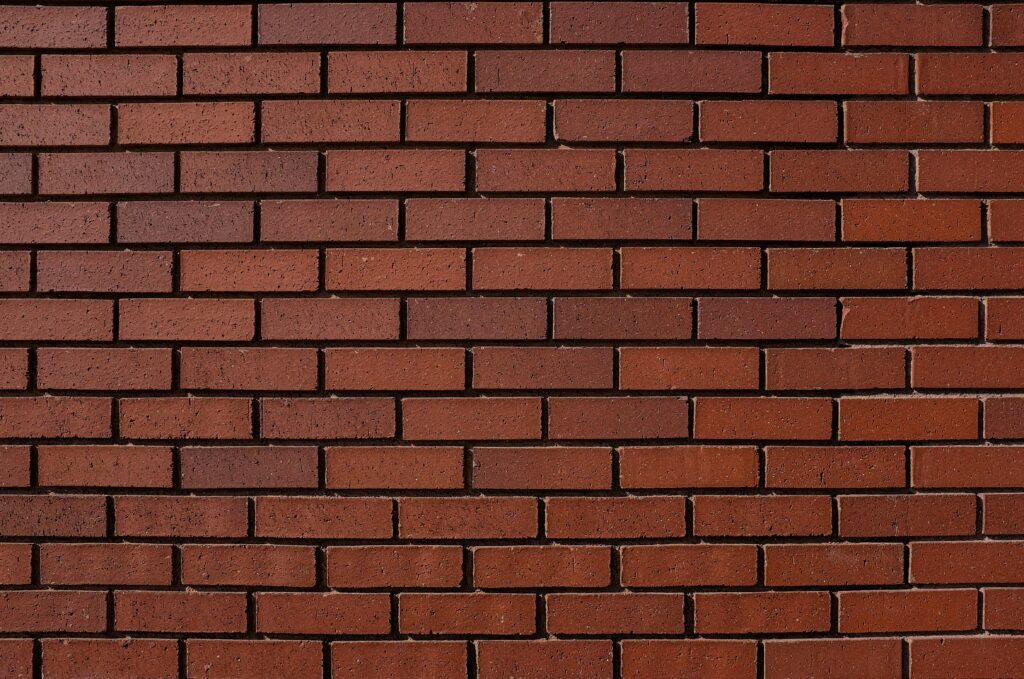Aging brickwork can detract from the beauty of your home, causing its facade to look tired and dull. However, with the right techniques and a little elbow grease, you can revitalize these classic structures, bringing out their inherent charm and character. Whether your brick is part of an interior accent wall or the main exterior of your home, this guide will walk you through the necessary steps to clean, repair, and enhance your old brick, ensuring it remains a focal point of aesthetic appeal for years to come.
Assess the Condition of Your Brickwork
Before you begin any restoration work, it’s crucial to evaluate the condition of your brickwork thoroughly. Look for signs of damage such as cracks, crumbling mortar, or efflorescence—the white, powdery substance that sometimes appears on bricks. This initial assessment will help you understand the extent of repairs needed and whether professional assistance is necessary, enabling you to plan your project effectively.
Addressing these issues promptly can prevent further deterioration, ensuring that your restoration efforts are durable and long-lasting. Remember, while minor cracks and mortar issues can often be a DIY fix, significant structural damage may require the expertise of a mason. Whether it’s D’angelo Brick Repair or another company, it’s essential to seek professional help when needed. It’s better to invest in quality restoration work now than deal with costly repairs down the line.
Cleaning Your Brickwork
The first step in revitalizing your brick is a thorough cleaning. Start by removing any loose dirt or debris using a soft brush or cloth. For more stubborn stains, a solution of water and mild detergent can be effective, but avoid using harsh chemicals that can damage the brick. If you encounter mold or algae, a mixture of one part bleach to ten parts water can be applied gently with a sponge.
It’s important to rinse your brick with clean water after cleaning to remove any residue. In some cases, especially for exterior brick, a pressure washer at a low setting can be efficient for rinsing. However, be cautious not to damage the brick or mortar with high pressure.
Repairing Damaged Mortar and Bricks
After cleaning, the next step is to repair any damage. Repointing—removing and replacing deteriorated mortar—is a common repair for aging brick structures. Use a matching mortar to ensure compatibility with your brick, maintaining the integrity and appearance of your wall. For damaged bricks, carefully remove the brick piece without disturbing surrounding bricks and replace it with a new one that matches in size and color.
This stage requires precision and patience, as improper repairs can lead to further damage. If you’re unsure about your ability to perform these repairs accurately, consulting a professional mason is advisable.
Enhancing and Protecting Your Brickwork
Once your brickwork is clean and repaired, consider applying a sealant to protect it from moisture and weathering. Sealants can extend the life of your brickwork by forming a protective barrier, but be sure to choose a breathable product that prevents moisture from being trapped inside the brick.
For an extra touch of beauty, highlight architectural features using accent lighting or landscaping. Thoughtfully placed lights can cast shadows that accentuate the texture of your brick, while plants and shrubs can add color and contrast, enhancing the overall appeal of your brickwork.
Regular Maintenance for Lasting Beauty
Maintaining the beauty of your brickwork doesn’t stop after restoration. Regular maintenance is crucial to prevent future deterioration and to keep your brick looking its best. Establishing a routine cleaning schedule will help manage dirt buildup and spot problems before they escalate. Just remember to use gentle methods and avoid abrasive techniques that could damage the brick over time.
Additionally, keep an eye on the condition of the mortar and promptly address any signs of wear or damage. Small cracks and gaps in the mortar can quickly become larger issues if water seeps in and freezes, causing the brickwork to loosen and potentially leading to structural problems. Annual inspections can help identify these issues early, allowing for timely repairs.
Finally, consider the landscape around your brickwork. Ensure that trees and bushes are trimmed back to prevent moisture retention and encourage sunlight to reach the brick surface, deterring mold and algae growth. Proper landscaping doesn’t just enhance the appearance of your property; it also protects the integrity of your brickwork, ensuring that it remains a stunning feature of your home for decades to come.

Bringing out the beauty of your old brick requires careful evaluation and thorough restoration. With proper maintenance and the occasional touch-up, you can ensure that your brick remains a timeless feature of your home’s design. So take these steps, whether on your own or with professional assistance, to preserve the unique character and charm of your aging brickwork.


